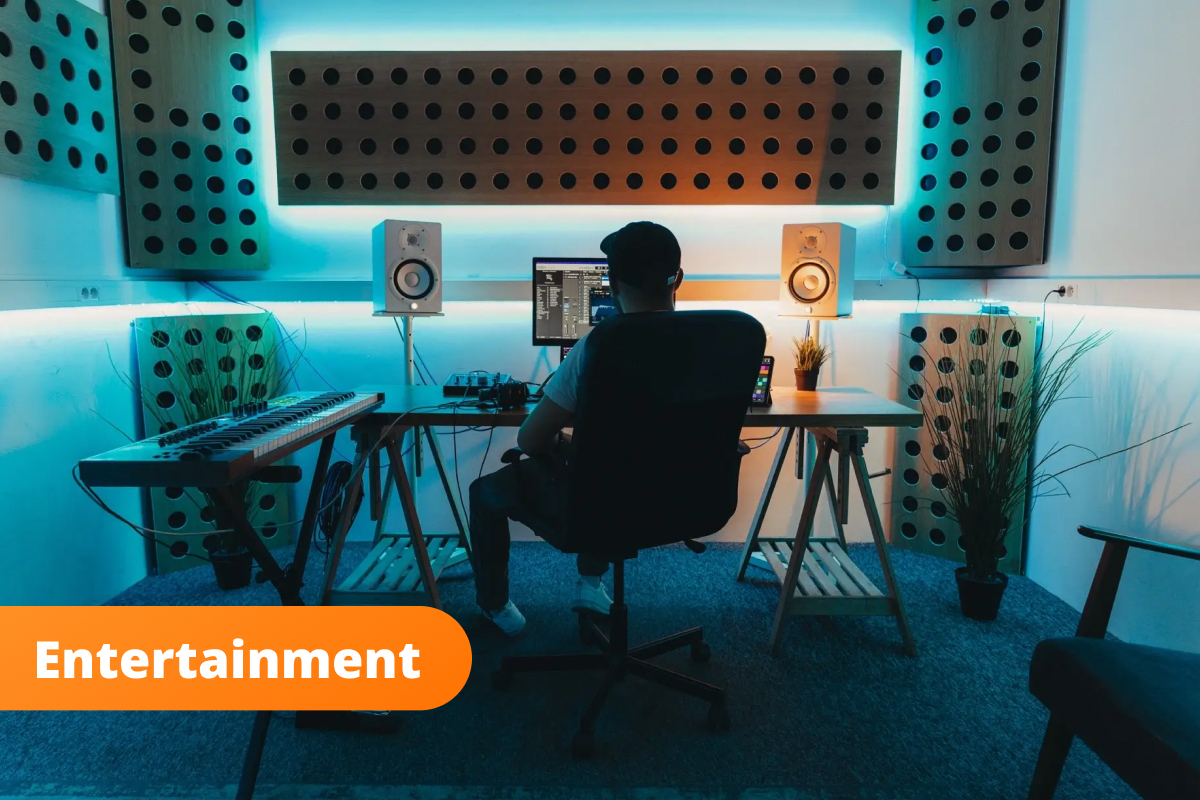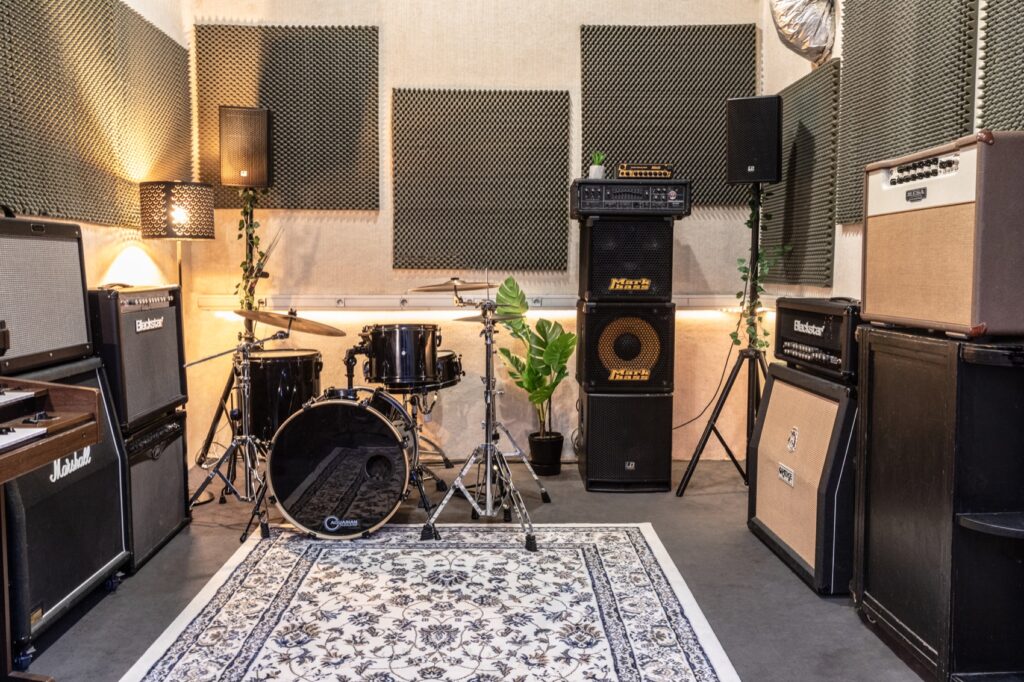Case Study: Studiomatic

[Bulbthings] We admire creative companies with great ideas! Can you tell us about your innovative startup and the services you offer to your clients?
[Anthony Amar, founder and CEO] Studiomatic creates and operates music and content creation studios that are open 24/7. These studios are fully autonomous and accessible to artists via their smartphones. We have 23 studios dedicated to various practices: rehearsal, beatmaking, recording, podcasting, DJing, private spaces, and more. Our facilities allow artists to work in soundproofed rooms equipped with top-notch equipment.
How did the need for an equipment tracking system arise?
With 23 studios spread across 6 buildings and several storage spaces, we have various equipment to manage. Our stock management is optimised to minimise operational costs, which involves many inter-building movements. We must have an accurate and up-to-date overview of our inventory, to know the exact location of each item, and to track the movements of our equipment. Bulbthings helps us maintain this visibility while providing valuable insights into the lifecycle of our assets and key financial KPIs. Additionally, it allows us to better manage service returns (RMA) by accurately tracking the operational status of each item.

Digitalisation plays an important role in your company. Why did you choose Bulbthings?
Before using dedicated software, we managed our equipment with Notion and databases. However, this was time-consuming and cumbersome, and the searches were inefficient for daily use. When we searched for dedicated software, we found several ERP solutions from large American companies that felt a little outdated, with unattractive interfaces and too many unnecessary features. Bulbthings stood out as the only SaaS that combined modernity and the correct amount of comprehensiveness, with a very logical and easy-to-use system. The mobile app and the QR code asset management were significant advantages in choosing Bulbthings.
What quantitative and qualitative benefits have you experienced so far?
The biggest benefit is that we now have a clear and precise view of our inventory, allowing us to optimise both our purchases and the movements of our managers. This also enhances our responsiveness to equipment failures and improves our ability to predict the need for consumables or replacements of parts and machines. Additionally, our finance team has a better understanding of the total cost of ownership (TCO) by studio, by building, or overall, helping us optimise our expansion plans for the future. Although setting up the initial inventory records was time-consuming, it was worth the effort, as we now save double the time.
Do you have favourite features or usage tips that you want to share with the community?
One of our most used features is custom filtering, which makes it easier to search by category of object and location. For example, we can filter for “all SSL audio interfaces available and in new condition in the Seine-Saint-Denis department.” The mobile app, especially the QR code scanner, saves us a lot of time. We assign a QR code to each unique item upon its arrival in our inventory and link it to its Bulbthings record. The stock views by location are also very valuable!
